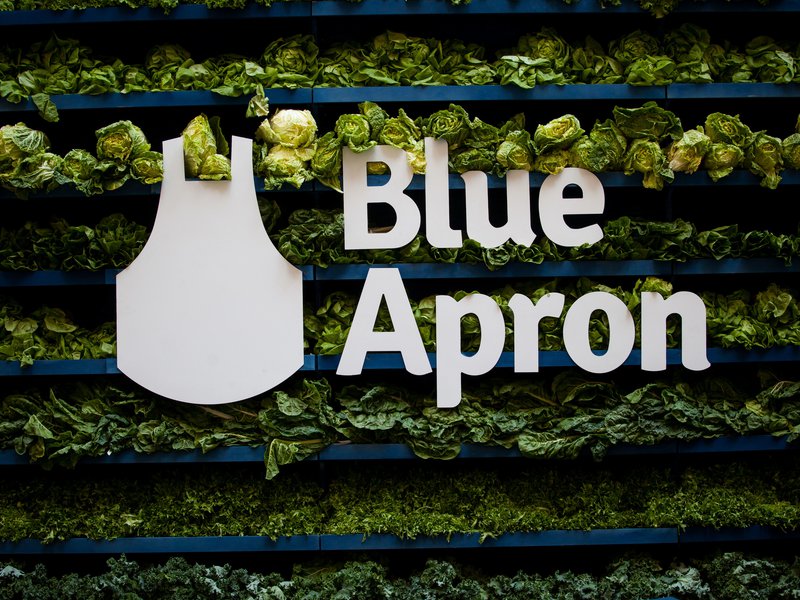Blue Apron’s stock has lost 93% of its value since going public two years ago. On Monday management essentially broke the emergency glass.
The Manhattan-based meal-kit company said it would execute a reverse split of its stock of anywhere from 1-for-5 to 1-for-15, shrinking the number of shares so each will be worth more than a few nickels and dimes.
Blue Apron should aim high, considering that as of this writing its stock was trading at 68 cents per share. It needs to get that figure to at least $1 to continue listing on the New York Stock Exchange.
“The primary purpose for the proposed reverse stock split is to increase the market price” of the stock, Blue Apron said in a candid statement.
A reverse split has no bearing on a company’s market value; think of it as pie cut into fewer slices. Such splits are undertaken when management’s other ideas to lift the share price have not worked—which explains why a 2008 study of more than 1,600 reverse splits over a 40-year period showed companies that did them underperformed their peers by 50%.
Citigroup executed a 1-for-10 split in 2011, when its stock was trading at an embarrassing $4 per share. American International Group did a 1-for-20 split in the dark days of 2009. Hedge-fund firm Och-Ziff Capital Management reverse-split its shares earlier this year.
Blue Apron had a market value of nearly $2 billion when it went public at $10 per share in June 2017. The price fell as investors grew concerned that customers didn’t stick with the company long. Blue Apron remains unprofitable.
The company last month said that it had achieved an “important milestone of profitability” when it reported a jump in adjusted EBITDA, which it defined as earnings before certain compensation costs and other items. But evidently not enough folks swallowed that explanation.
